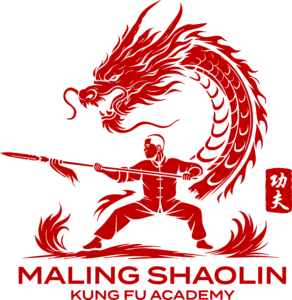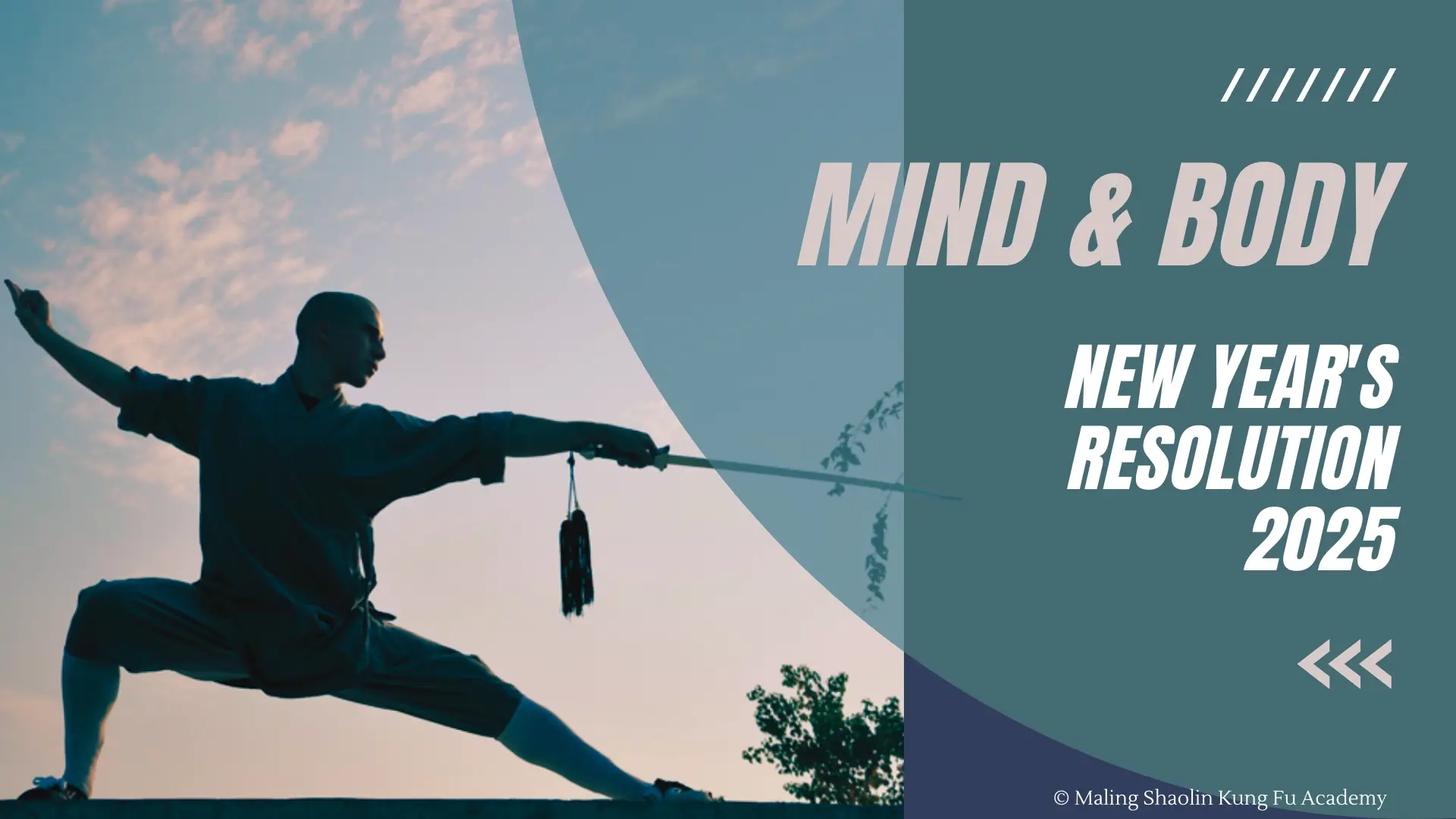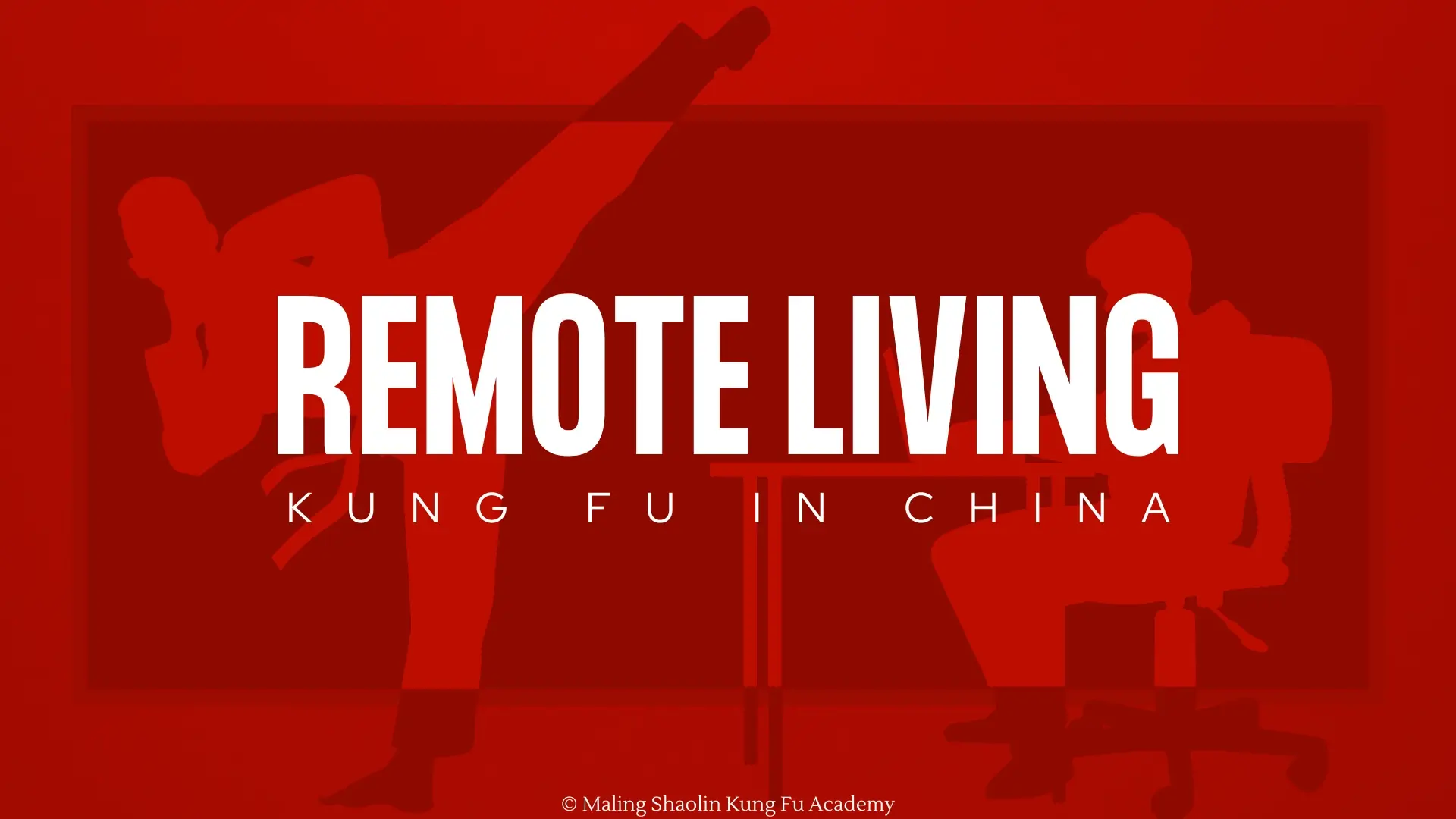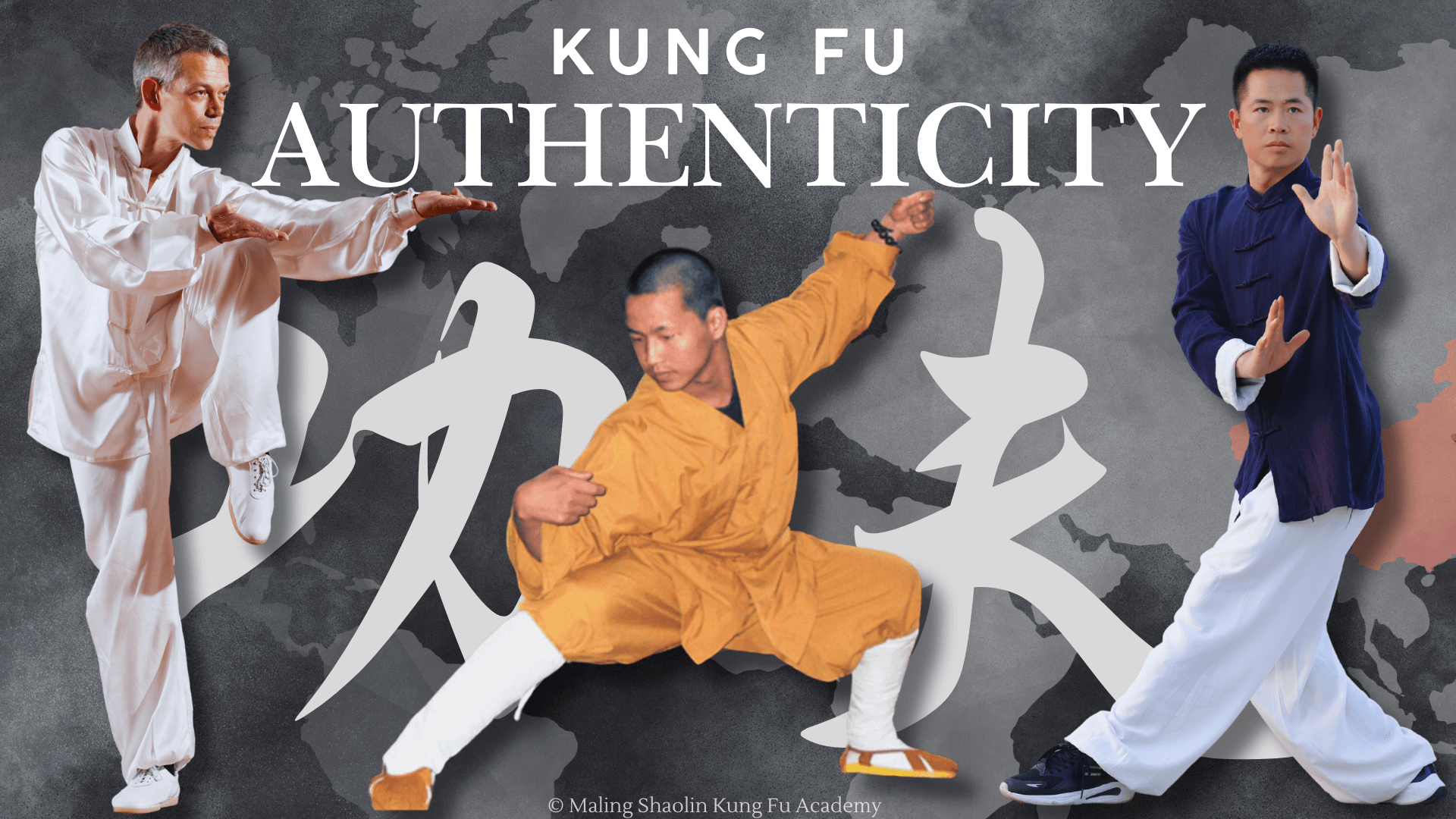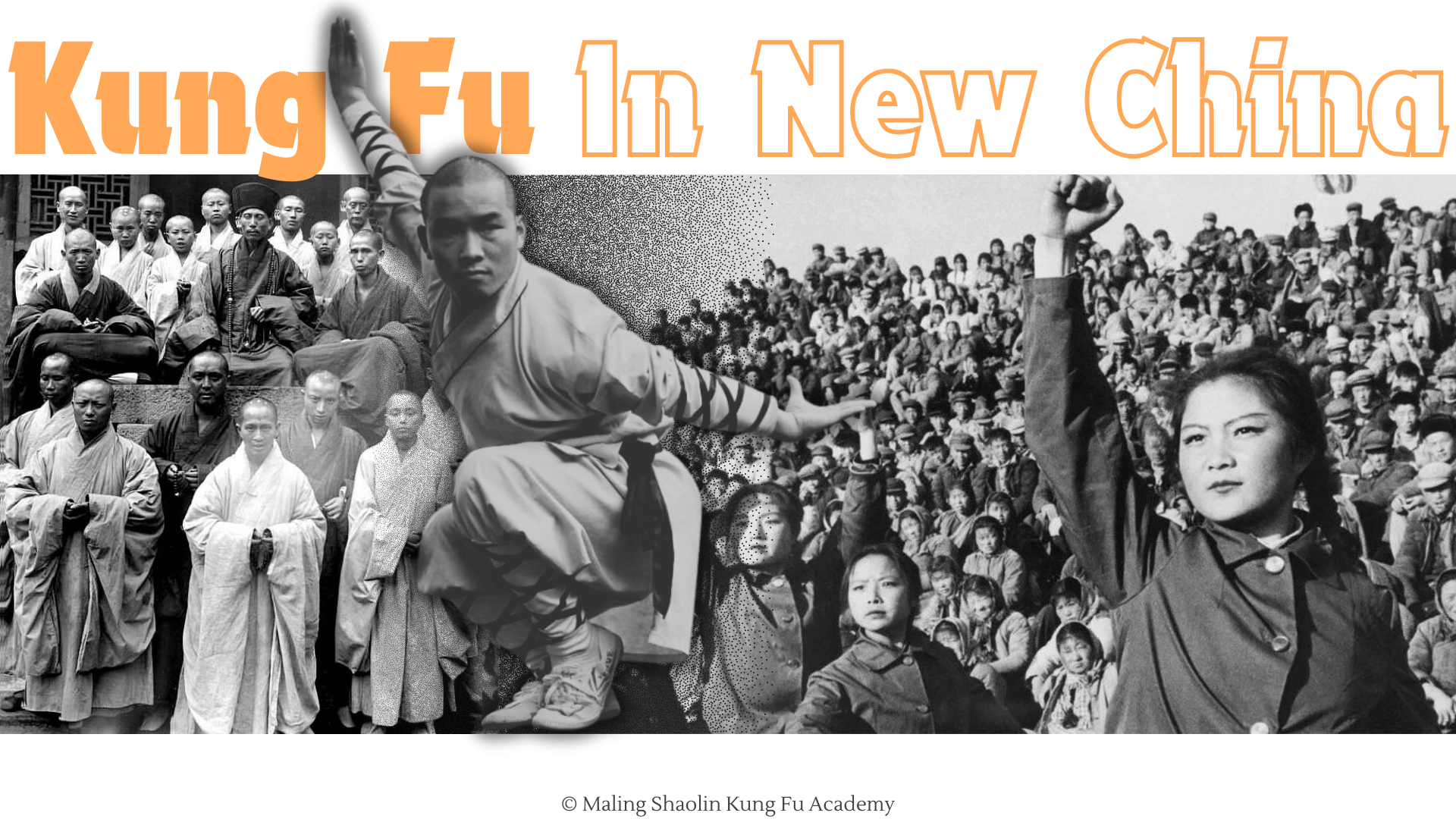LEARN THROUGH
OUR BLOG
The Year of the Snake 2025 brings a time of transformation, wisdom, and strategic growth. Influenced by the Yin-Wood element, this year encourages self-improvement, adaptability, and long-term planning. Discover the symbolism, cultural significance, and how to harness the energy of the Wood Snake for success in the year ahead.
Embrace Chinese martial arts this New Year to achieve your fitness goals, improve discipline, and cultivate mental clarity. Transform your body and mind with kung fu training.
Living in rural China while working remotely offers a unique opportunity to experience a cost-effective lifestyle combined with physical and mental enrichment through kung fu training. With affordable living costs, excellent internet connectivity, and cultural immersion, remote workers can enjoy an active lifestyle and personal growth in a kung fu school setting.
China’s new 240-hour visa-free transit policy allows travelers from 54 countries to explore the country for up to 10 days without a visa. This extended stay opens opportunities for cultural experiences, regional travel, and even short-term Shaolin kung fu training programs.
Discover how Christmas is celebrated in China, a unique blend of global influences and local traditions. From dazzling urban displays and the exchange of festive apples to meaningful religious services and winter tourism hotspots, explore the evolving significance of this holiday across the country.
Discover the legendary Shaolin Winter Trials, a rigorous tradition testing monks' resilience, harmony with nature, and mastery of mind and body amidst the harshest winter conditions. This article delves into the history, philosophy, and transformative power of these iconic cold-weather practices.
For centuries, Chinese martial artists, including Shaolin monks, have adjusted their training methods to align with seasonal changes. Winter, in particular, poses unique challenges and opportunities, prompting adaptations in schedules, techniques, and philosophies.
What makes kung fu authentic? In the final installment of "Debunking the Myths of Kung Fu in China," we challenge common misconceptions about shortcuts to mastery, examine the connection between physical and mental refinement, and explain how real kung fu transcends borders. -As published in Martial Arts Magazine Australia, Issue 6
How did the rise of New China affect Shaolin kung fu? Despite common misconceptions, the Communist government supported wushu as a cultural asset, helping traditional and modern martial arts thrive. This article dives into the factors shaping Shaolin kung fu's evolution, from political and economic influences to the impact of the Cultural Revolution, revealing how Shaolin endured and grew into a global phenomenon. -As published in Martial Arts Magazine Australia, Issue 6
